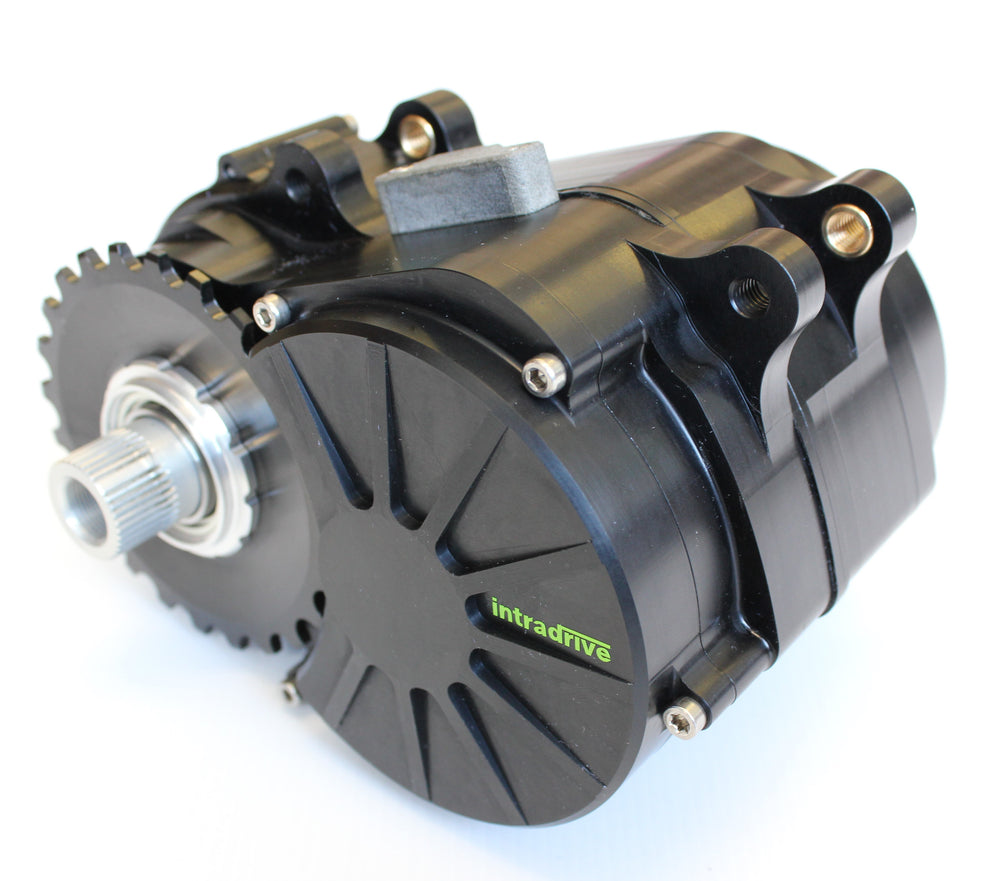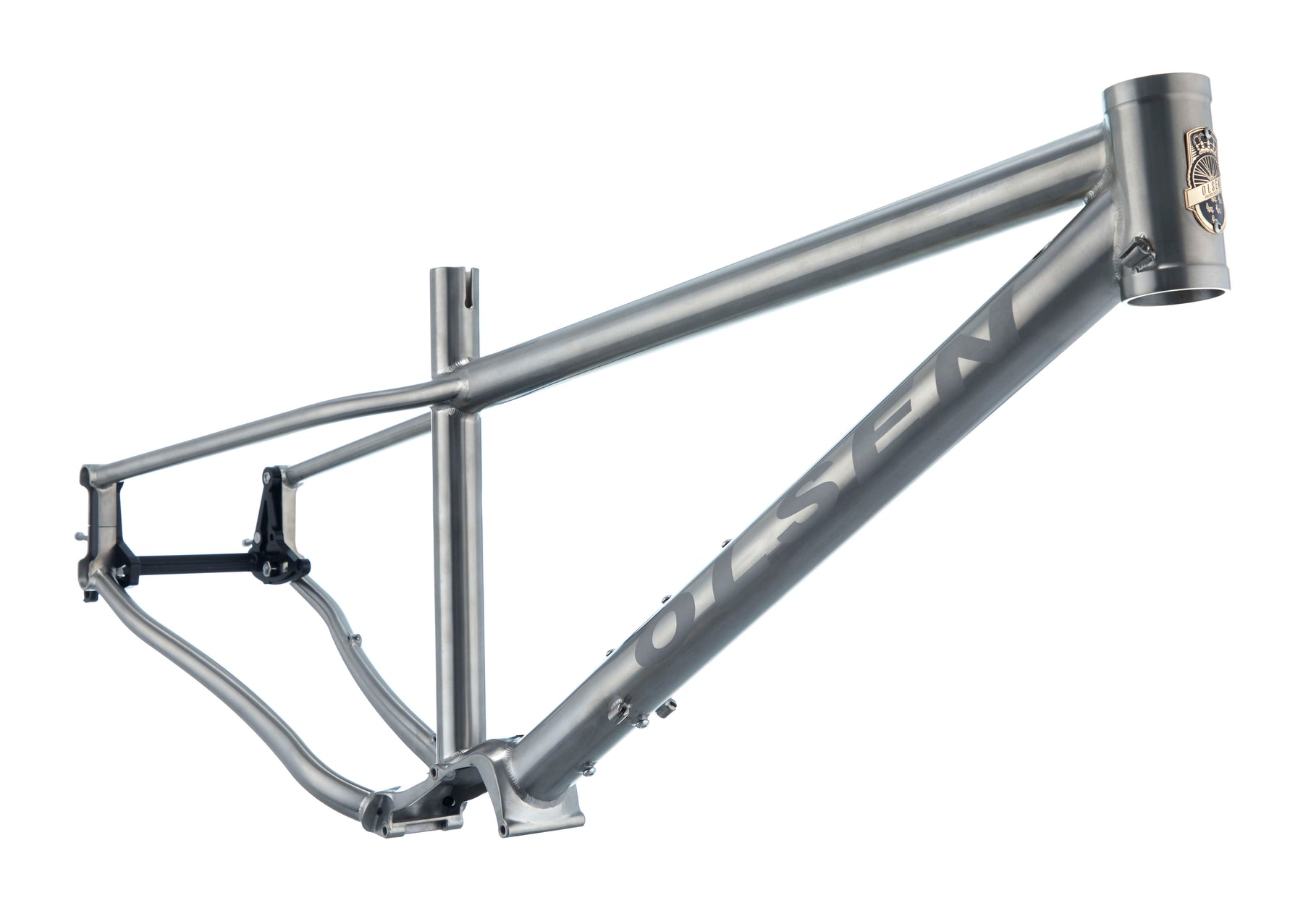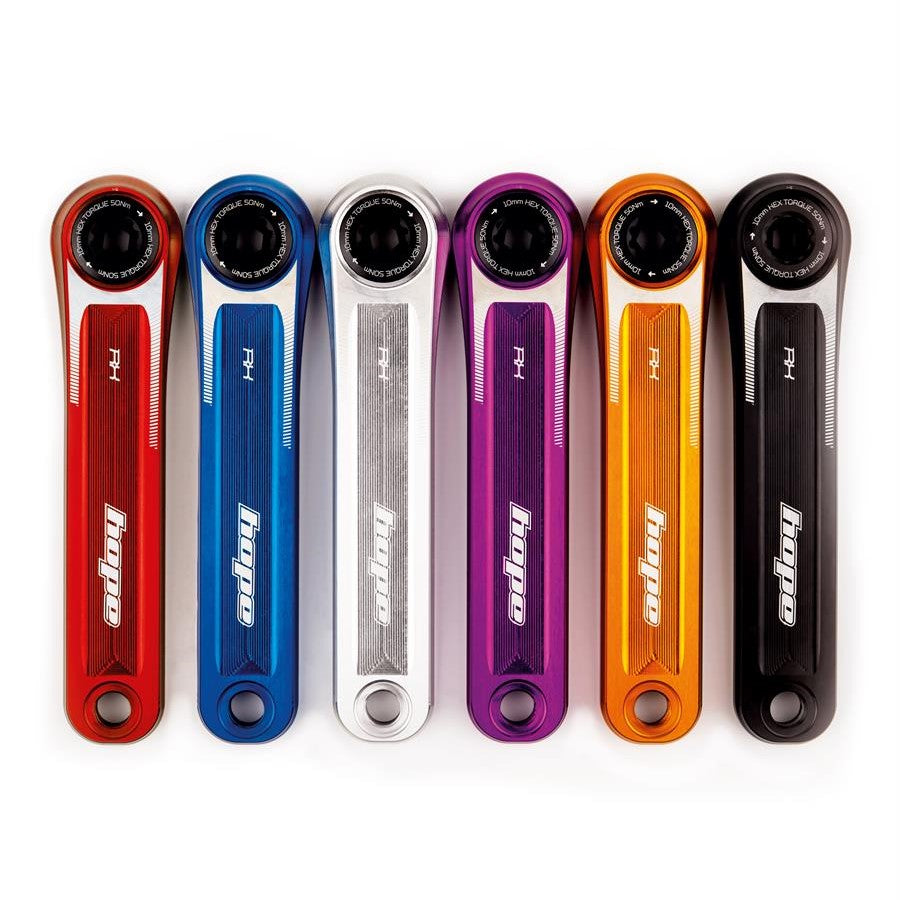Long Distance Geometry:
The Karapoti and the Mokihinui for all-day long-distance, trail riding. Long days out riding without sacrificing climbing hills. Olsen Long Distance Geometry is a big part of getting the correct balance between climbing and descending confidence.
Long, slack and low is good for super steep short snappy trails. However they are exhausting to pedal up climbs and most people end up pushing. The following geometry table will give you a glimpse into how geometry works and why.

Bottom bracket height is also key to geometry. Too low and you will clip pedals and strike your bottom bracket.
Near Olsen HQ we are near the South Downs Way. 100 miles of Chalk, Flint and Clay. In summer this is fast and fun, however it is relentless and will challenge your endurance. There are approximately 10 climbs. If you are riding long distance trails like this then you will know that you do not need a bike with long and slack geometry.
I designed the Karapoti and Mokihinui for different forks and tyre configurations.

KARAPOTI Head Angle 68.5 degree with 15% of 100mm fork sag
If you want to set a blistering time then the Karapoti is the bike for you. This will fit upto 29x2.4” tyres to give you some comfort over long distance. Full rack points and can be laden down for longer bike-packing or world touring distances. The Karapoti is at home with rigid forks or 100mm suspension forks.

MOKIHINUI Head Angle 66 degree with 20% of 130mm fork sag
With a head angle 2 degrees slacker than the Karapoti it will run up to a 130mm suspension fork. The Low top tube allows you to throw your bike around the local trails. If you need high volume tyres or want extra mud clearance then the Mokihinui is the bike for you. The Mokihinui will easily fit 29x2.6Inch tyres and will also fit 27.5x3.0inch wheels, so you can run 2 wheel sets on the same bike.
Mountain Bike Geometry has always been fragmented into different riding styles with the adoption of the suspension fork. Suspension forks and Tyre sizes have changed dramatically over the last 10years and this has meant that geometry has needed to change.
- 26inch tyres got killed off by 27.5inch tyres in 1 year
- 29inch wheels lived along side 26inch bikes, has now taken the crown from 27.5inch.
- A 29er with 130mm travel will easily roll over obstacles that a 26 inch wheeled bike would require a 160mm travel fork.
- Tyre width has also gone up and down over the years – 3.0inch tyres give a excellent confidence over rocky terrain.

LONG DISTANCE RIDING TIPS:
Long distance riding needs a bike on the light side to keep the fatigue down and miles high.
- On long distance ride a 100 - 130mm travel is more than enough and rigid is even better if your wrists can handle it.
- Choose your tyres so that you have a low rotational weight. I choose something like the Mezcal for the back tyre, low tread, but plenty of knurled grip.
- Keeping a chunky tyre on the front for grip or "passive suspension" is good for damp slippery trails.
- Keep your fork from bobbing on those climbs. Set your fork compression with more sag so that it sits low when climbing, if you do not have a lock out.
- MORE ON LONG DISTANCE RIDING HERE:



